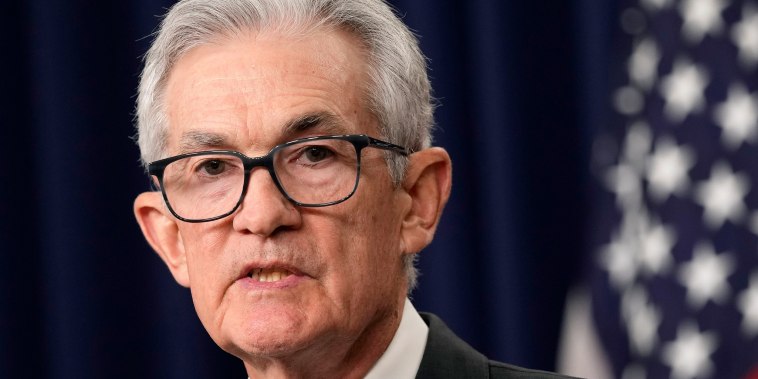While the correlation between low interest rates and economic growth is undeniable, it’s time to look at the other side of the coin and ponder why the Federal Reserve (Fed) keeping rates higher for longer might not be as doomful as perceived by many. If one delves deep into this matter, the potential benefits of higher interest rates become evocatively evident.
The foremost advantage that comes with high interest rates is incentive for savings. Savers are usually downcast when interest rates are low since their deposit returns are dismal. When the Fed decides to keep rates higher, the yield on savings accounts becomes appealing, encouraging people and corporations to save. This leads to the accumulation of capital which can be used for investment purposes. More investments signify economic growth, thus reflecting a positive economic trajectory.
Higher interest rates can also be an effective tool against inflation. Inflation, which erodes consumers’ purchasing power, is a threat to long-term economic progress. By raising interest rates, the Fed can curb excessive spending and prevent the economy from overheating. Consumers may reduce their expenses and hold off debts, which brings down demand, leading to a decrease in price levels and ultimately curtailing inflation.
Moreover, a balanced and robust approach to monetary policy is just as crucial as higher rates. As such, the Fed’s decision to maintain relatively high rates, in the long run, may prevent the depreciation of the dollar. A strong dollar is advantageous because it makes imports cheaper, which could, in turn, lower consumer prices and enhance the standard of living.
It’s also important to consider that higher interest rates can make domestic markets more attractive to foreign investors. High rates offer better returns on investments. Therefore, this can drive foreign direct investment, bolstering the country’s financial markets and indirectly contributing to economic growth.
Furthermore, maintaining high interest rates also allows the Fed to have a buffer in times of economic downturns. When rates are already low, the Fed has little room for additional rate cuts as a stimulus method to revive a sluggish economy. Having higher rates for a longer period ensures the Fed has more room to manoeuvre during times of economical stress.
From banks’ perspective, high interest rates could mean more revenue. When rates are high, banks can charge more for loans, thus earning more interest income. This boost in profitability can strengthen the banks’ financial position and their ability to absorb shocks.
In the context of the housing market, higher interest rates might slow down overheating. A long period of low rates can lead to housing bubbles as cheap credit fuels increasing house prices. The subsequent burst of such bubbles can often lead to economic disasters. By keeping the rates higher for longer, the Fed could potentially keep the housing market from overheating and thus, prevent a severe economic downturn.
On the downside, high interest rates can increase borrowing costs, slowing down consumer spending and corporate investments. However, considering the above benefits, the Fed’s decision to keep rates higher for longer may indeed present the economy with a chance to build resilience against future financial shocks, curb inflation effectively, and promote disciplined borrowing and investing. Therefore, such a decision should not be hastily dismissed as detrimental. Instead, it requires a balanced view of its pros and cons.




